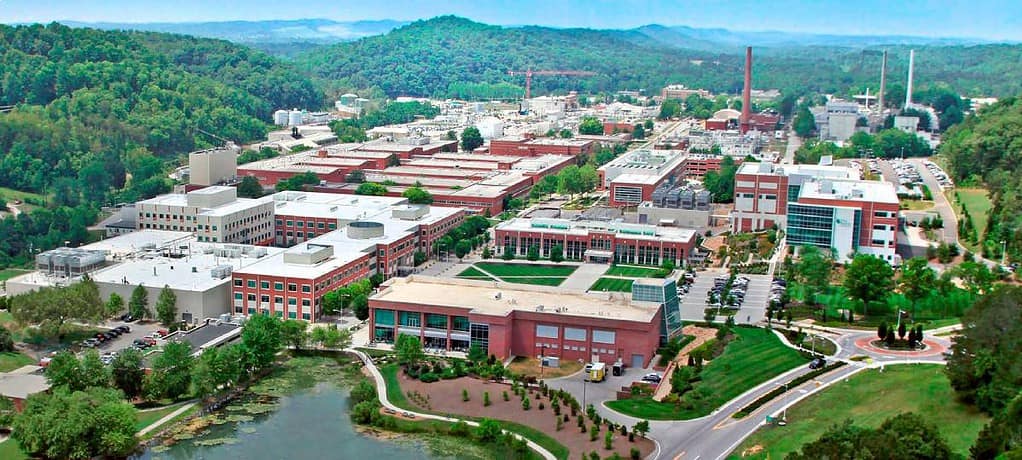A multi-institutional team of researchers led by the King Abdullah University of Science and Technology, or KAUST, Saudi Arabia, has been nominated for the Association for Computing Machinery’s 2024 Gordon Bell Prize for Climate Modelling. The team developed an exascale climate emulator with radically enhanced resolution but without the computational expense and data storage requirements of state-of-the-art climate models.
This is the fourth time since 2022 KAUST researchers have been nominated for a Gordon Bell Prize. Team members also include researchers from the National Center for Atmospheric Research, the University of Notre Dame, NVIDIA, Saint Louis University and Lahore University of Management Sciences.
The winners will be announced at this year’s Supercomputing Conference in Atlanta, Georgia, Nov. 17 to 22.
“Climate models are incredibly complex and can take weeks or months to run, even on the fastest supercomputers. They generate massive amounts of data that become nearly impossible to store, and it’s becoming a bigger and bigger problem as climate scientists are constantly pushing for higher resolution,” said Marc Genton, Al-Khwarizmi distinguished professor of statistics at KAUST. Genton has been designing the emulator’s algorithm for nearly a decade.
“The climate emulator solves two problems: speeding up computations and reducing storage needs,” Genton added. “It’s designed to mimic model outputs on demand without storing petabytes of data. Instead of saving every result, all we have to store are the emulator code and necessary parameters, which, in principle, allows us to generate an infinite number of emulations whenever we need them.”
Earth system models, or ESMs, are supercomputer programs used to calculate changes in the atmosphere, oceans, land and ice sheets. The simulations are based on the quantifiable laws of physics and are some of the most computationally demanding calculations to perform in terms of complexity, power consumption and processing time. Nevertheless, ESMs are essential tools for predicting the impacts of climate change.
“Nowadays, typical global climate models have a resolution of up to 25 kilometers, which is great, but if you want to know the wind conditions and observe storms over a small city, for example, you need much greater resolution in space and time,” Genton said. “So, what we’ve done is fit a statistical model that reproduces the information without the underlying laws of physics to essentially mimic the output of the ESMs.”
Less is more
By leveraging the latest advances in graphics processing unit, or GPU, hardware and mixed-precision arithmetic, the team’s climate emulator offers a remarkable resolution of 3.5 kilometers (approximately 2.2 miles) and can replicate local conditions on a timescale from days to hours.
Mixed precision is a computational technique that uses double, single and half precision. This technique involves calculating out to 15 to 17 decimal digits for double precision, 6 to 9 decimal digits for single precision and 3 to 4 decimal digits for half precision. Double precision is the most accurate but also the most computationally demanding of the three precisions.
“Using mixed precision to improve performance is something rather innovative in the field that also helps us preserve the emulator’s accuracy,” said Sameh Abdulah, a high-performance computing research scientist at KAUST and the first author of the team’s latest study.
“Not every element in the simulation needs to be calculated in double precision. For example, if the temperature outside is 75 degrees, there’s no need to calculate 15 to 17 places past the decimal point to let you know whether you need to take a jacket with you,” Abdulah added. “Mixing the precision allows us to prioritize the accuracy based on the most important elements, which in turn speeds up the overall calculations.”
The emulator uses a spherical harmonic transform method that converts elements such as temperature, wind and pressure into simple frequency or waveform patterns to more easily describe how they change over time in more than 54 million locations around the globe.
This Oak Ridge National Laboratory news article "Frontier users’ exascale climate emulator nominated for Gordon Bell Climate Prize" was originally found on https://www.ornl.gov/news


